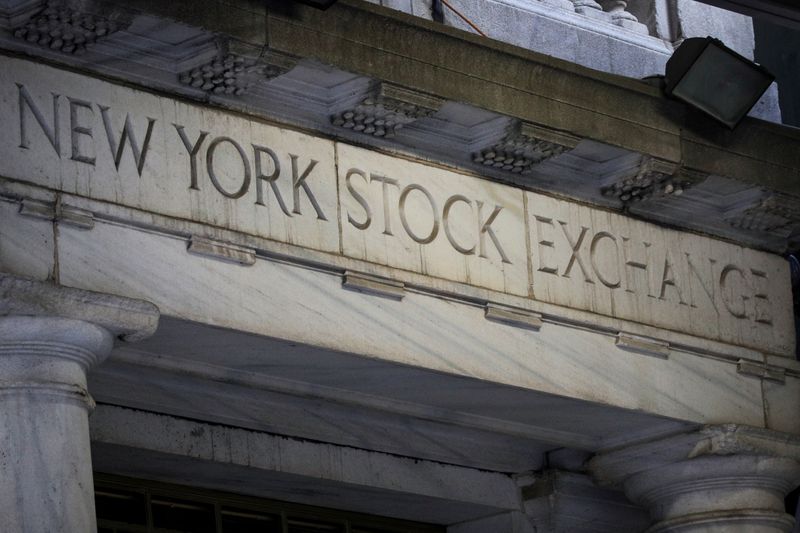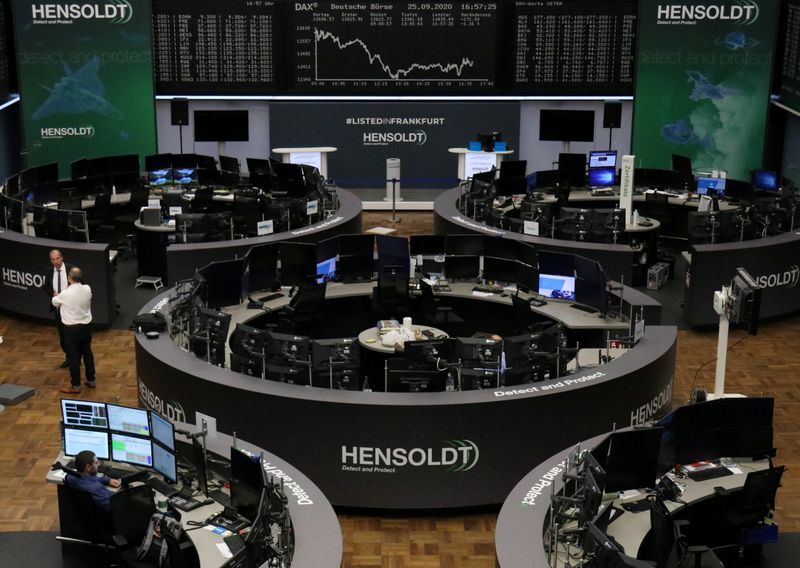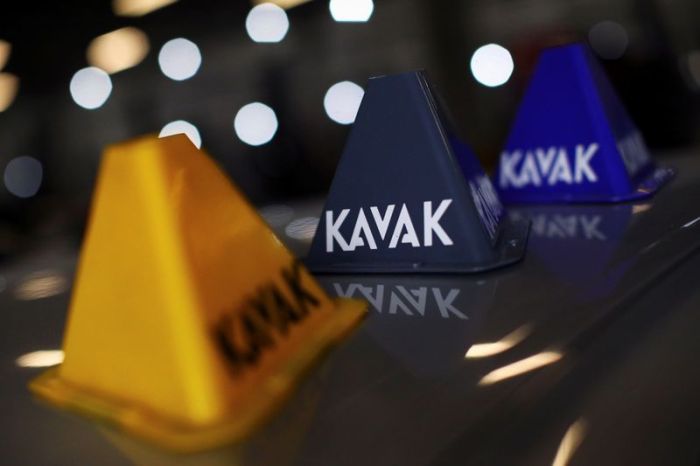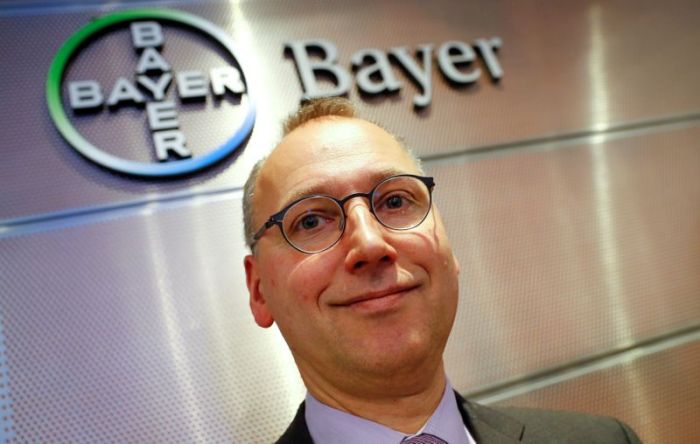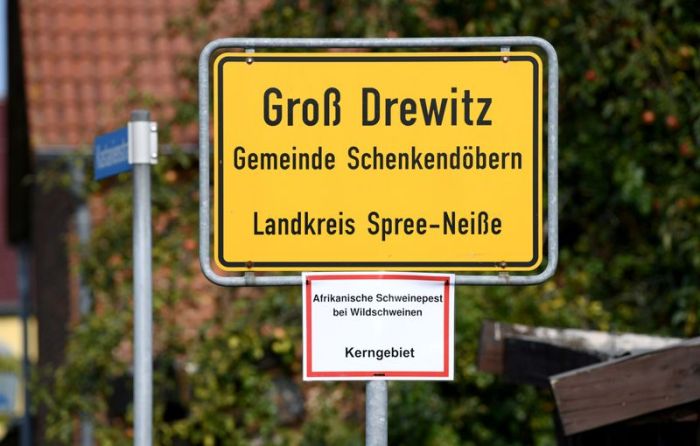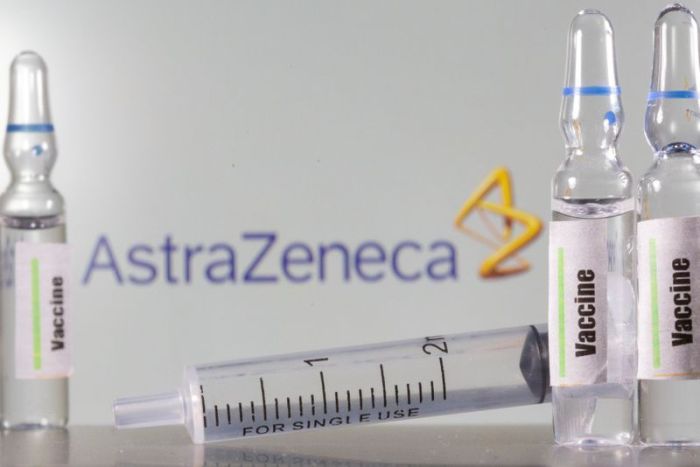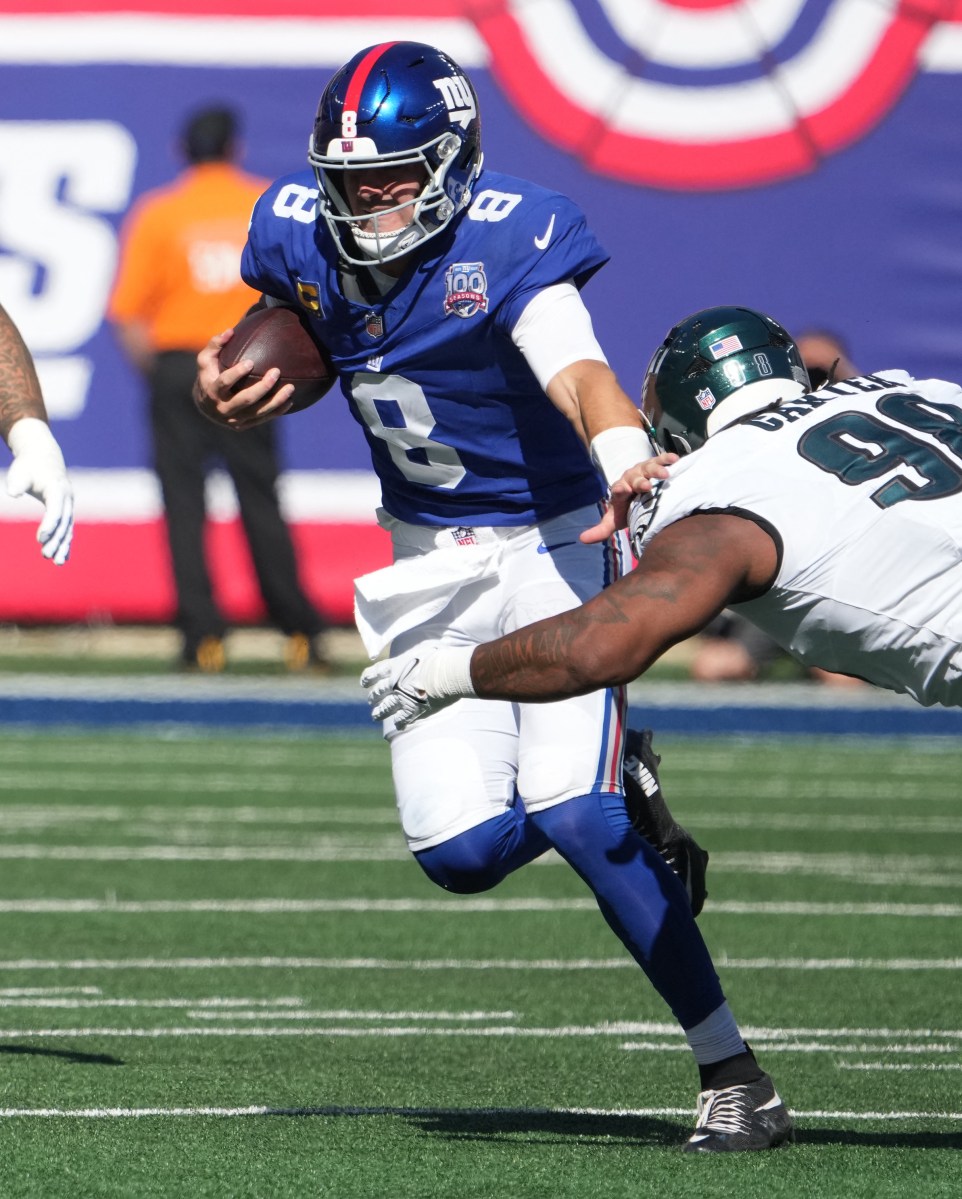NEW YORK (Reuters) – Renewed U.S. stimulus hopes lifted gold prices and global equity markets on Thursday, but relief talks faltered while an all-day outage on Tokyo’s Nikkei and a Brexit legal dispute provided a bumpy start to a likely volatile fourth quarter.
The dollar slipped against major currencies as hopes for a new round of fiscal stimulus from Washington cheered investors who sought higher-yielding but riskier currencies.
Stocks on Wall Street and in Europe rose as investors bet on more stimulus after data showing the number of Americans filing new claims for jobless benefits fell last week. But claims were still at recession levels, while personal income dropped in August, underscoring the need for further government stimulus.
The Dow industrials and the S&P 500 pared some gains after U.S. House Speaker Nancy Pelosi and Treasury Secretary Steven Mnuchin remained far from agreement on COVID-19 relief, differing over aid to state and local governments.
The economy is recovering well but large U.S. corporations have announced layoffs, so stimulus is needed to support income and people’s lives, said Esty Dwek, head of global market strategy for Natixis Investment Managers, in Geneva.
Walt Disney Co <DIS.N>, Goldman Sachs Group Inc <GS.N> and the airline industry, among others announced job cuts this week.
“The more you can support or give job confidence, the better it will be,” Dwek said. “If we don’t get stimulus, it’s going to be extra bumpy.”
The number of Americans filing for jobless benefits fell to 837,000 in the week ended Sept. 26, but claims could rise again over the next few weeks as businesses cut more jobs to ride out the recession.
MSCI’s benchmark for global equity markets <.MIWD00000PUS> rose 0.55% to 568.28, while the broad FTSEurofirst 300 index <.FTEU3> in Europe closed up 0.23% at 1,402.27.
The Dow Jones Industrial Average <.DJI> rose 35.2 points, or 0.13%, to 27,816.9. The S&P 500 <.SPX> gained 17.8 points, or 0.53%, to 3,380.8 and the Nasdaq Composite <.IXIC> added 159.00 points, or 1.42%, to 11,326.51.
The euro and European shares advanced on data showing the region’s recovery from the coronavirus-induced slump helped traders claw back some of September’s heavy falls.
Euro zone manufacturing activity rose last month but it was largely driven by strength in powerhouse Germany, and rising coronavirus cases across the region could reverse the upturn, a survey showed.
The euro <EUR=> gained 0.25% to $1.1747 and the Japanese yen <JPY=> weakened 0.11% at 105.54 per dollar.
Sterling <GBP=> experienced a wild ride, last down 0.22% at $1.2888.
News that the European Union had launched a legal case against Britain for undercutting their earlier divorce deal sent the pound tumbling. It rebounded on a Financial Times tweet that the two sides had made progress in trade talks.
With U.S. elections, as well as the potential for a COVID-19 vaccine and a no-deal Brexit all lying ahead, markets are likely seeing the lull before a storm, according to Chris Dyer, Eaton Vance’s director of global equity.
“What I have been saying is that the equity markets are likely to move violently sideways in the next few months,” he said, though in 12 months the global recovery should be brighter.
In Asian trading, MSCI’s regional index rose 0.4%, led by 1.1% and 1.5% gains in Australia and India. The day was dominated by a rare glitch at Tokyo Stock Exchange, the world’s third-largest stock market.
TSE President Koichiro Miyahara said the exchange decided to suspend the full session because an early resumption could cause market confusion, but it planned to restart on Friday.
Global financial markets in 2020: https://tmsnrt.rs/2S4NUHp
In currency markets, the dollar’s slide after its best month since July 2019 lifted Australia’s trade-sensitive dollar 0.5% to $0.72 <AUD=D4> and Mexico’s peso <MXN=> more than 1%.
Gold rose after its worst month since November 2016 while oil prices slid hard, adding to a 10% September drop.
Spot gold prices <XAU=> rose 1.04% to $1,904.97 an ounce. U.S. gold futures <GCv1> settled up 1.1% at $1,916.30.
Oil prices fell more than 3% as rising coronavirus cases around the world dampened the demand outlook and a rise last month in member output from the Organization of the Petroleum Exporting Countries also pressured prices.
Brent crude futures <LCOc1> settled down $1.37 at $40.93 a barrel. U.S. crude futures <CLc1> fell $1.50 to settle at $38.72 a barrel.
(Reporting by Herbert Lash; Editing by Bernadette Baum, Richard Chang and Cynthia Osterman)

